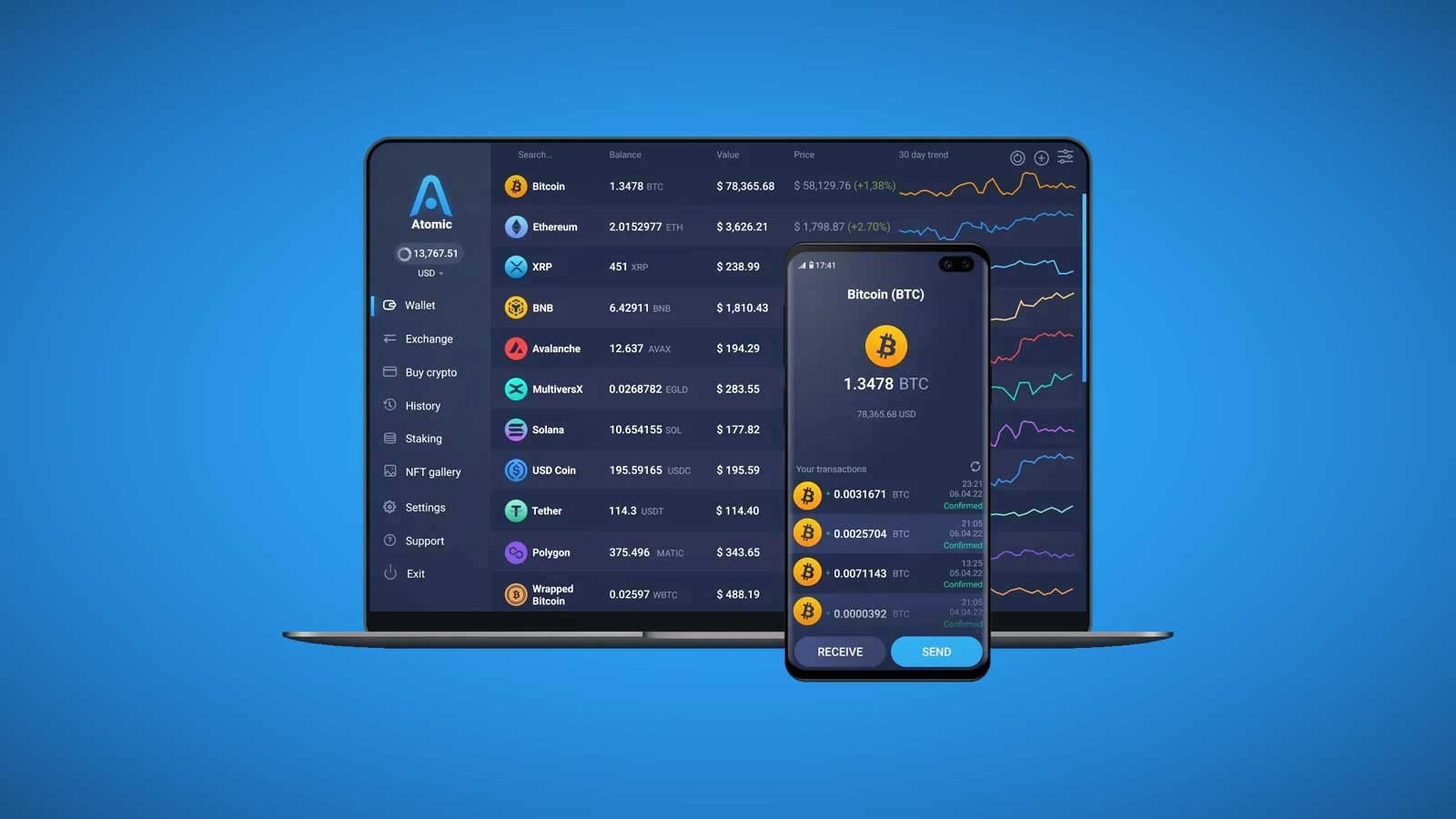In the fast-evolving world of cryptocurrency, security, accessibility, and user control are paramount. One tool that has gained notable traction for delivering on these fronts is the Atomic wallet. Designed for both beginners and seasoned crypto users, Atomic Wallet offers a decentralized, multi-currency platform that brings together convenience, privacy, and a wide array of features in one sleek interface. Here’s a deep dive into what makes Atomic Wallet a standout option in the crowded wallet ecosystem.
What Is Atomic Crypto Wallet?
Atomic Wallet is a non-custodial cryptocurrency wallet that allows users to manage, exchange, and stake over 1000+ cryptocurrencies in one application. Launched in 2018 by Konstantin Gladych, the co-founder and former CEO of Changelly, Atomic Wallet aims to give users full control over their funds and private keys, which are stored locally on the user’s device rather than on a central server.
Key Features of Atomic Wallet
1. Multi-Currency Support
Atomic Wallet supports a vast range of digital assets, including major coins like Bitcoin (BTC), Ethereum (ETH), Litecoin (LTC), Ripple (XRP), and many ERC-20 tokens. This makes it ideal for users who manage diverse portfolios.
2. Atomic Swaps
True to its name, the wallet initially gained popularity for supporting atomic swaps—a technology that enables peer-to-peer trading of cryptocurrencies without needing a centralized exchange. Although limited to certain coins, this feature reduces dependence on third-party services and enhances transaction privacy.
3. Built-in Exchange and Buy Functionality
The wallet has integrated services like Changelly, ChangeNOW, and Simplex that allow users to buy crypto with a credit card or exchange between different assets directly within the wallet. While not completely decentralized, these integrations are convenient for quick transactions.
4. Staking Options
Users can stake coins like Tezos (XTZ), Cosmos (ATOM), Cardano (ADA), and Tron (TRX) to earn passive income. Atomic Wallet offers competitive staking rewards with detailed tracking features, making it a valuable tool for investors focused on yield generation.
5. Security and Privacy
Atomic Wallet is non-custodial, meaning only users have access to their private keys, which are encrypted and stored on their device. It also doesn’t require KYC for wallet usage, which aligns with the ethos of decentralization and user privacy.
6. Cross-Platform Availability
It is available on Windows, macOS, Linux, Android, and iOS, allowing seamless access and management across devices.
Pros and Cons
Pros:
-
Full control of private keys
-
Wide asset support
-
Built-in exchange and buy functionality
-
Cross-platform availability
-
Offers staking with attractive rewards
Cons:
-
Some services (like buying crypto) involve third parties and fees
-
Atomic swaps are limited in scope
-
Not open source, which raises transparency concerns for some users
Use Cases
-
Everyday users looking to manage a diverse crypto portfolio securely
-
Investors interested in staking and passive income
-
Privacy-focused individuals who prefer decentralized solutions
-
Traders wanting an all-in-one solution for storing and exchanging assets
Conclusion
Atomic Wallet stands out as a robust, user-friendly solution in the decentralized wallet space. By balancing functionality, privacy, and accessibility, it caters to both novice users and seasoned crypto enthusiasts. While it may not be ideal for those who demand complete open-source transparency or advanced trading features, it remains a strong contender for anyone seeking a secure and versatile crypto wallet.
